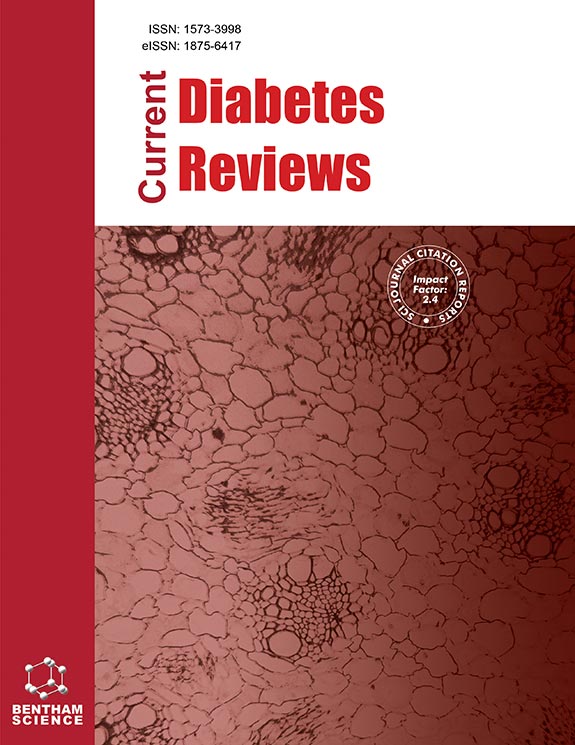Submission Tilte
Advancing Diabetic Wound Healing: Mechanisms and Interventions
Submission Abstract:
In recent years, diabetic wounds have become a global health concern with an increase in the incidence of diabetes. Diabetic wounds are a kind of chronic and refractory ulcer. It is generally due to microcirculatory disturbances and reduced levels of endogenous growth factors. Delayed cutaneous wound healing is a chronic complication in diabetic patients and is caused primarily by hyperglycemia, oxidative stress, vascular insufficiency, and microbial infections. The factors that are responsible for delaying chronic wound healing are increased infection, excess formation of free radicals, persistence of inflammation, excessive protease activity, reduced collagen formation, decreased production of growth factors such as transforming growth factors (TGF-β), endothelial growth factor (EGF), and vascular endothelial growth factors (VEGF). This special issue endeavors to assemble cutting-edge insights into the mechanisms behind the delayed healing process, which involves increased infection rates, excessive formation of free radicals, persistent inflammation, heightened protease activity, and reduced collagen formation. Furthermore, the aim is to explore therapeutic interventions that target these mechanisms, such as enhancing the production of growth factors. Ultimately, the goal is to develop effective strategies for accelerating wound healing in diabetic patients and improving their quality of life.




